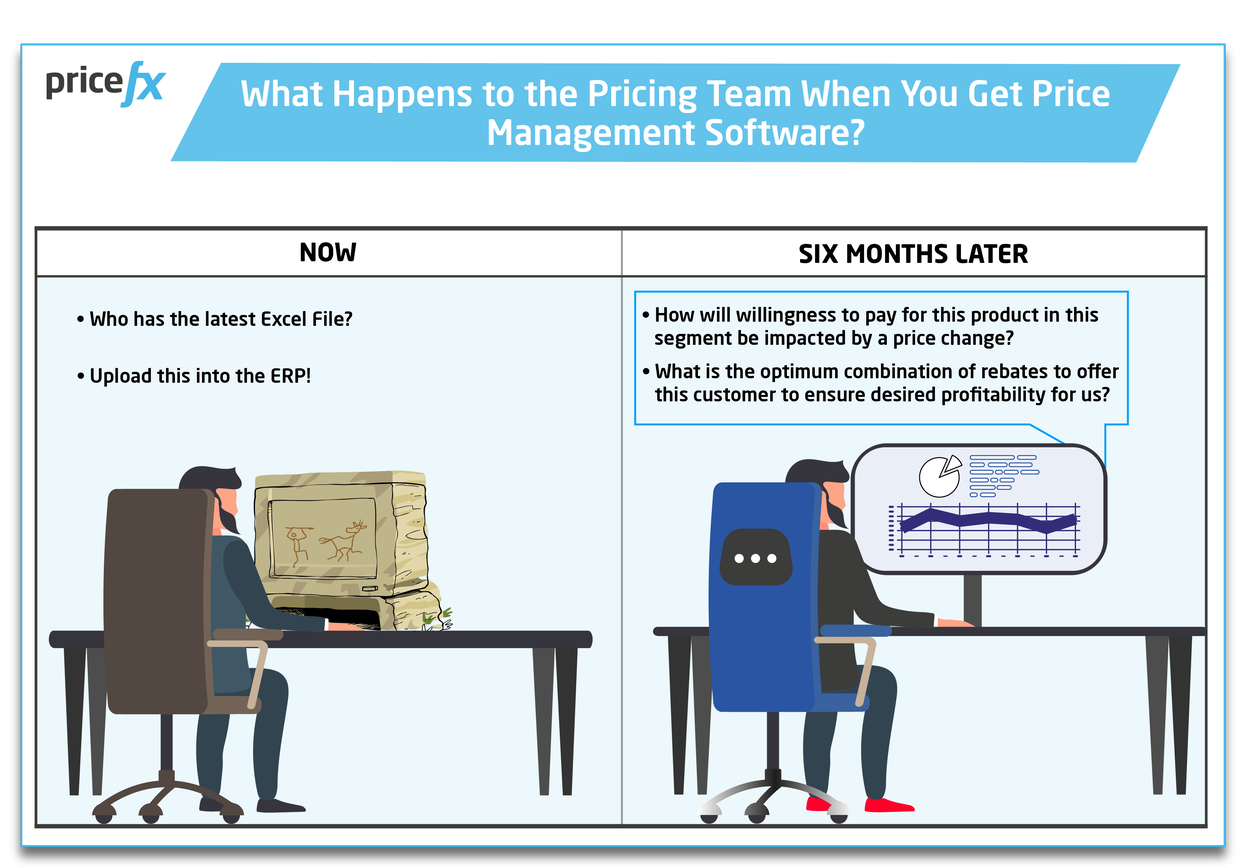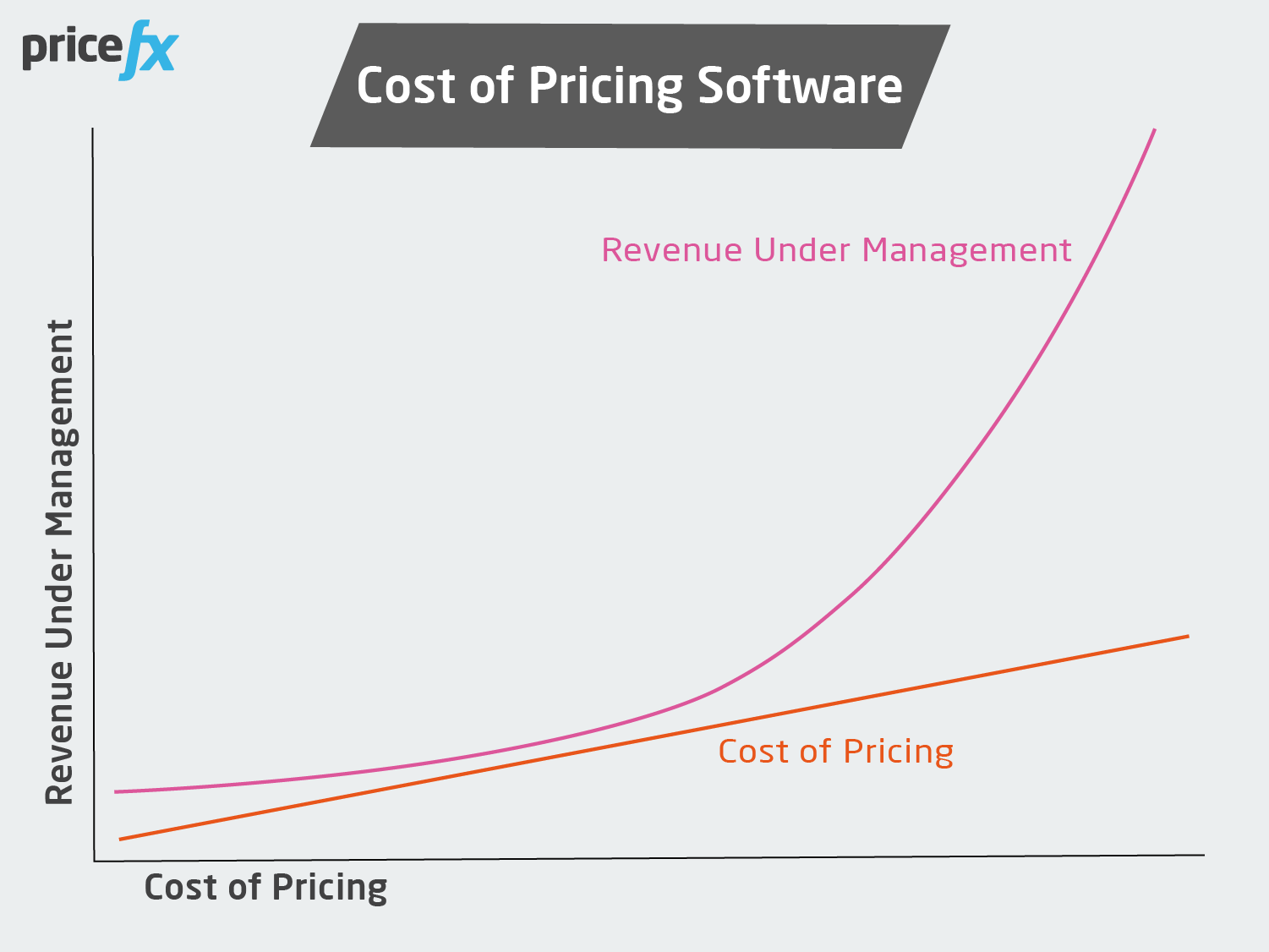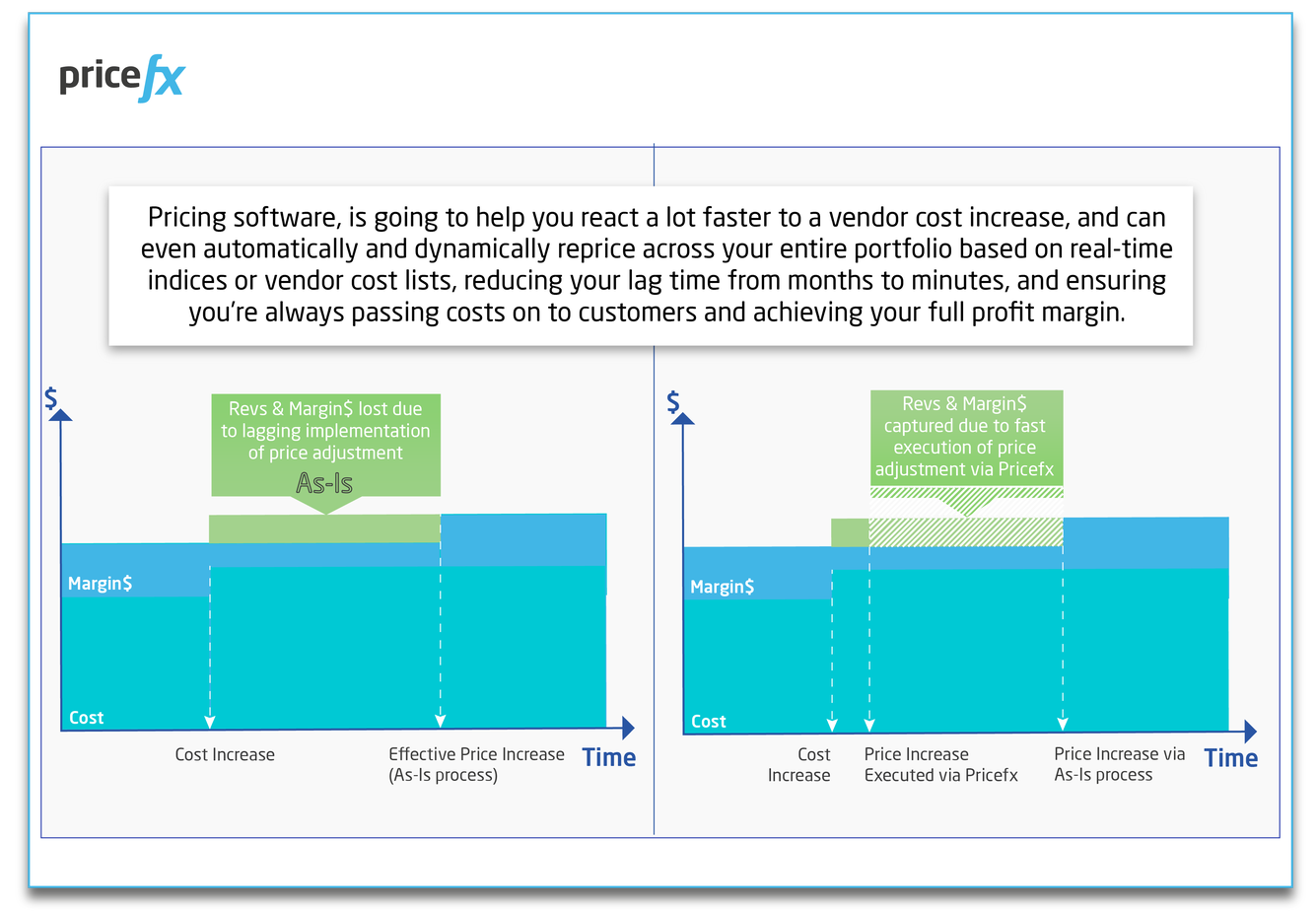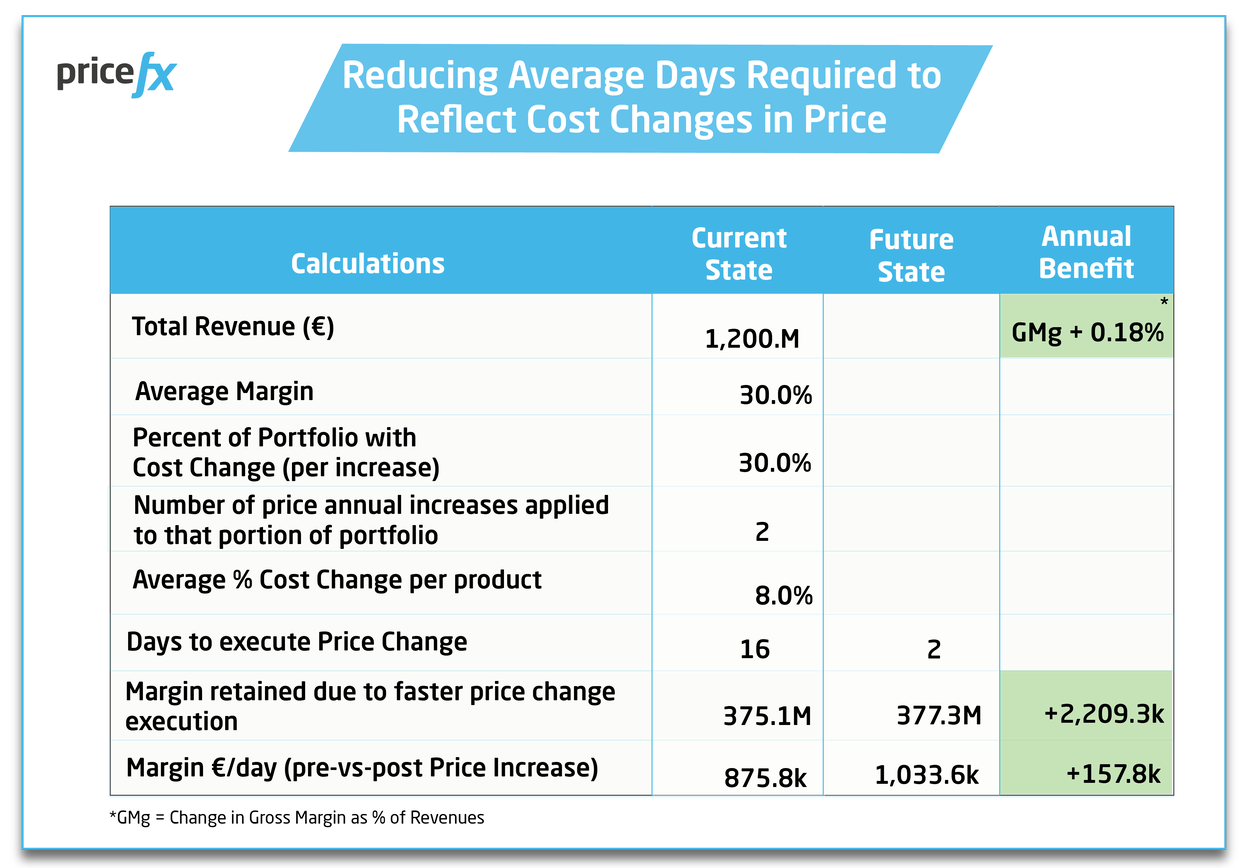6 Reasons You Don’t Need Pricing Software
June 6th, 2022 (Updated 03/10/2023) | 11 min. read
You know that pricing software helps optimize prices. That’s great. Lovely. You’re happy for those who like that sort of thing, but you really don’t need that. You have your own processes in place and they’re working. You have a pricing team you adore and a sales team who’ll do anything to win that deal. Why would you spend a fortune on software when everything is hunky-dory?
At Pricefx, we’ve spent the last decade delivering our pricing solution to companies that want to move their pricing up a gear. And in that time, we’ve come across more than a few sceptics, who, when we try to convince them of the benefits, give us that look that says, “Yeah, well you would say that. You’re selling it!”
They always have interesting reasons for not wanting to progress down the pricing software route—some of them valid, some founded on myth. But as we’ve come across the same resistance over-and-over again, we thought we’d explore the reasons why companies feel they don’t need pricing software.
Part of a series exploring these why you do and why you don’t need pricing software, this article will explore the main concerns companies have with investing in pricing software.
What Is Pricing Software?
Pricing software uses advanced machine learning techniques and algorithms to process vast amounts of data in order to recommend optimal prices for your goods and services. Elevating you from a cost-plus pricing approach to price differentiation based on willingness to pay, it can help you achieve your profit and revenue goals.
It also helps you uncover new opportunities, boost profit, eliminate risk and to select a winning competitive pricing strategy, thanks to its ability to take market conditions, competitive analysis, pricing campaigns, inventory availability and specific pricing goals into account. By storing all your pricing data in one place, ready for deep analyses at the granular level and simulations in a market-realistic sandbox, it helps you make better pricing decisions that have a substantial impact on the bottom line.
Top Reasons Given for Not Needing Pricing Software
1. “We Have Complex Needs”
The number one reason we hear for companies not wanting to invest in pricing software is that they’re different. Unique. Their pricing is super complex. But after 10 years in the business, we can emphatically say: 99% of companies that think they are unique, are all doing the same things just in different ways.
You’d have to have a real need for a non-standardized process requiring ultra-unique specifications or customizations that genuinely change quickly over time to qualify for this reason to not need pricing software. The remaining 99% should choose a flexible pricing solution that can be completely configured around their exacting needs.
2. “We’re Happy with The Status Quo”
Companies often tell us that they already have a manageable process, so why mess with it? Okay… just a quick question:
- Do you only have one product and one customer?
If yes, then… we agree, no need for pricing software.
If no, we have some follow-up questions:
- How much time is spent feeding your current process?
- How accurate are your numbers?
- Can you scale your processes to meet business growth goals?
- Can you double your customers without doubling your headcount or the time it takes to serve them?
Business growth requires scalability, not the status quo. So, if growth is part of your business model, then you’re going to need pricing processes that can scale to enable your team to do much more in much less time, to get back to customers sooner with more accurate quotes that boost win rates, and to provide win-win rebates, discounts, and customer service that delights and retains customers longer and longer.
3. “The Sales Team Will Lose Their Freedom”
While we understand the sentiment behind this fear (because the governance of pricing software will surely curtail the freedom of the sales team’s ability to name any price), we don’t understand the mindset. Or rather, we do, but we’d like to suggest another.
Much too often, Sales teams believe that price is their only negotiation lever. So, your company is losing money hand over fist as they hand out steeper and steeper discounts just to seal the deal. If half your deals are coming in below the asking price… then it’s time to refocus your energies away from discounts and on to relationships. Improve your customer service, accelerate turnarounds, improve quote accuracy, and ensure product quality. A customer that gets dependable, quality and timely service from you is likely to be willing to pay the higher price.
By investing in the right tools, understanding your waterfall, making prices transparent to sales, providing guidelines, guardrails, strict floor prices and targets, you can still give your sales team plenty of space to move without sacrificing margin simply to win the deal. And by focusing instead on improving your service, you’ll unlikely lose customers in the process.
You need to eliminate uncontrolled variation of price and only make space for variance you’re able to control. So yes, Sales will lose what they perceive to be freedom. But what you gain is control over the most important element in your business to impact your bottom line.
4. “Pricing Software Is Going to Put Us Out Of A Job!”
This is a very common but unfounded fear. You see, pricing software is not like a self-checkout, where the only job the human now has is to verify, you’re over a certain age for certain products. Pricing software was never designed to replace people, but tasks—the tedious, manual, error-prone ones at that.
Right now, you’re spending most of your time doing these basic tasks, making you more of an IT asset than a business asset. However, your true value is not your ability to manage and manipulate spreadsheets, but in what you know.
Pricing software gives you the capacity to bring your true value to the table. By streamlining and automating processes, it frees up your time and brain to focus on leveraging the tools of your new solution to tackle bigger fish and make a real impact on the bottom line. It puts you in the position of making better decisions (Yes, you still have to make those decisions!). You are essential to the process, it’s just now the process you’re working on is much more challenging, strategic and creative. The more opportunities you find, the more work it generates.

Pricing software without you, is like a piano without a pianist.
5. “We Can Build Our Own Tools”
If you’re looking to do little more than automate your current pricing processes, and you have the right people on board to build your own in-house solution, then you may think this is a better path than investing in pricing software. But remember, while you’ll have full control over your own solution, its capabilities will be limited to what you already know. So, you’re really just automating your status quo. Sure, you can do some things faster – but will you be able to do them better?
Besides which, you’ll be responsible for the initial build, implementation, integrations, migrations, testing, bug fixing, support, ongoing maintenance, security, upgrades, and innovation. It is probably going to take longer and cost more than you anticipate, and you’ll never have the flexibility, interoperability, agility or capability of a pricing solution designed by pricing experts (with a vast amount of pricing experience across all industries and scenarios) that has been carefully packaged by top-level developers.
With a comprehensive, extensible cloud-based pricing platform you know your solution is robust, compliant, up to date, and under constant maintenance and innovation, ensuring you stay at the forefront of pricing excellence. Its seamless connectivity with your existing technology stack ensures your data is always up to date and that you can tap into even deeper insights (like real-time raw material indices, competitor prices, market data, social media, weather).
With a self-build, not only is your Total Cost of Ownership (TCO) likely to spiral, but your Time to Value (TTV – how long it takes you to realize value from your investment) will too. We can’t talk for other pricing solution vendors, but while the average homemade solution takes years to implement, 33% of our customers experience a pay-back period of six months or less.

So, if you’re interested in keeping TCO and TTV down while maximizing ROI, commercial pricing software is the way to go. Which brings us nicely to one of the biggest reasons companies give for not “needing” pricing software…
6. “It’s Too Expensive”
Ok. Let’s talk in real terms for a minute.
At Pricefx, the total cost of implementing our software starts at around $100,000 and can go up to $1.5 million depending on the complexity of your pricing workflows, depth of the analytics, and number of integration points. Then subscription ranges from $100,000 to $3.5 million per annum depending on your company’s yearly annual Revenue Under Management (RUM) or Annual Revenue Managed (ARM). Over time it would look something like this:

You may be surprised that we’re so upfront with our prices, but we are advocates of transparency. (In fact, if you’re interested, here is a deep dive into our prices and what you get for them);
_____________________________________________________________________
Learn More Here About the Costs of Pricing Software
____________________________________________________________________
Are we suggesting that purchasing pricing software is a budgeting no-brainer? Not at all. We’re not surprised to hear so many cry, “We can’t afford it!”.
But let’s perhaps look at the bigger picture for a minute.
You’re managing very nicely. You are keeping track of revenues and costs. Suddenly, one of your vendors increases their price. You notice the increase immediately. You’re aware you’ll need to increase your price to reflect this increase in costs, so you add it to the list of things your monthly (Quarterly? Bi-Annual?) repricing process should address.
By the time this cost increase is reflected in your own price, you’ve spent days (weeks? months?) absorbing that increase in your margin. Repricing latency has lost you money.
Pricing software is going to help you react a lot faster to a vendor cost increase and can even automatically and dynamically reprice across your entire portfolio based on real-time indices or vendor cost lists, reducing your lag time from months to minutes, and ensuring you’re always passing costs on to customers and achieving your full profit margin.

When we were making the case for our software to one of our customers, the company (€1.2 billion in revenues) had to react to cost increases on 30% of its products by 8% once or twice a year. On average, it took them between 12 and 31 days to update their prices in response to vendor cost increases. This execution delay meant they were leaving money on the table. In fact, for every day between cost increase and price increase they were losing €157,800….

Implementation of our software would pay for itself in one month.
So, you see, when companies cry “We can’t afford to get pricing software!”, we say:
Can You Afford Not to Get Pricing Software?
Right now, you could be losing millions of dollars annually through revenue and margin leakage as a result of bad data, decisions based on inaccurate analysis, inability to react swiftly, and poor communication.
We understand that investing in pricing software is no small decision. But we know that for 99% of you, it’s the right one. You’re losing money with every transaction either due to pricing latency or laziness. The pricing team is wasting away copying and pasting between cells in excel rather than having a real impact on your bottom line. In today’s market, your status quo will kill you. To eliminate their inefficiencies and waste they should engage in a project, which may cost much, yet historically has had an excellent ROI – what do you have to lose?
If you’d like to learn more about why you actually really do need pricing software, then head over the other part in this series:

